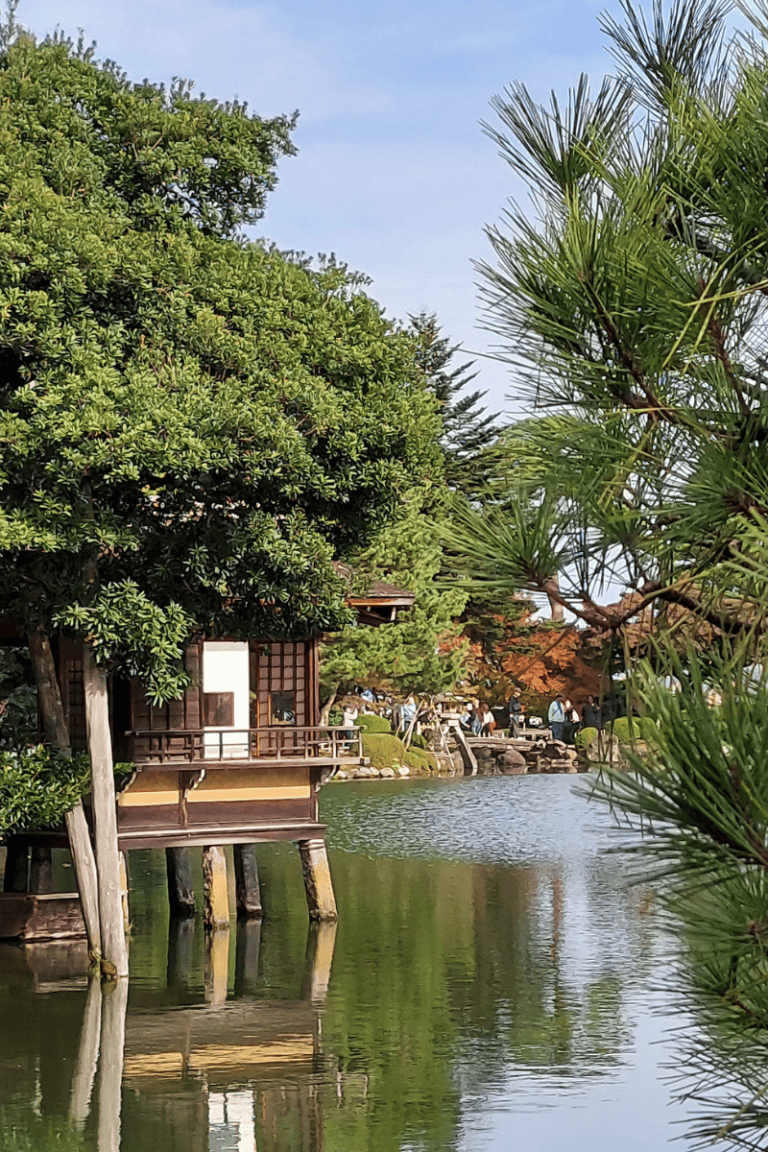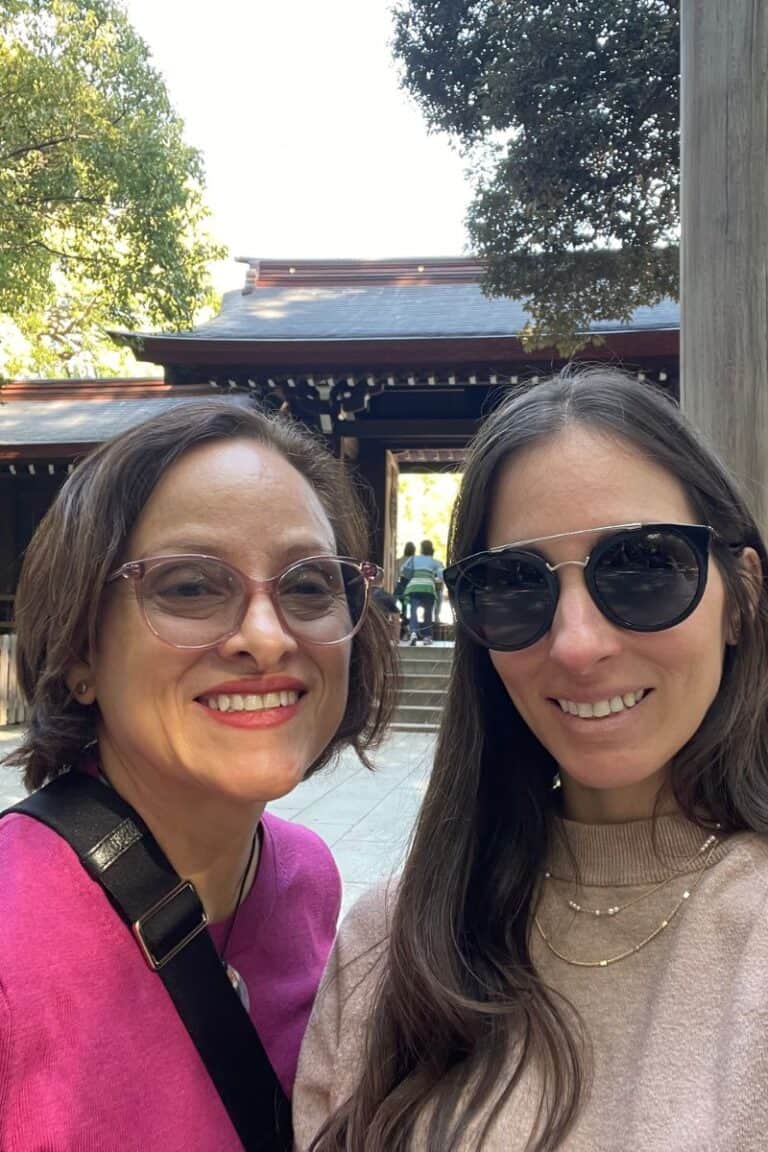My Time-Tested Steps For Planning A Trip To Japan
Planning your trip to Japan doesn’t have to be complicated.
These are my time-tested steps to planning a trip to Japan that will help you enjoy the process as much as the adventure itself.
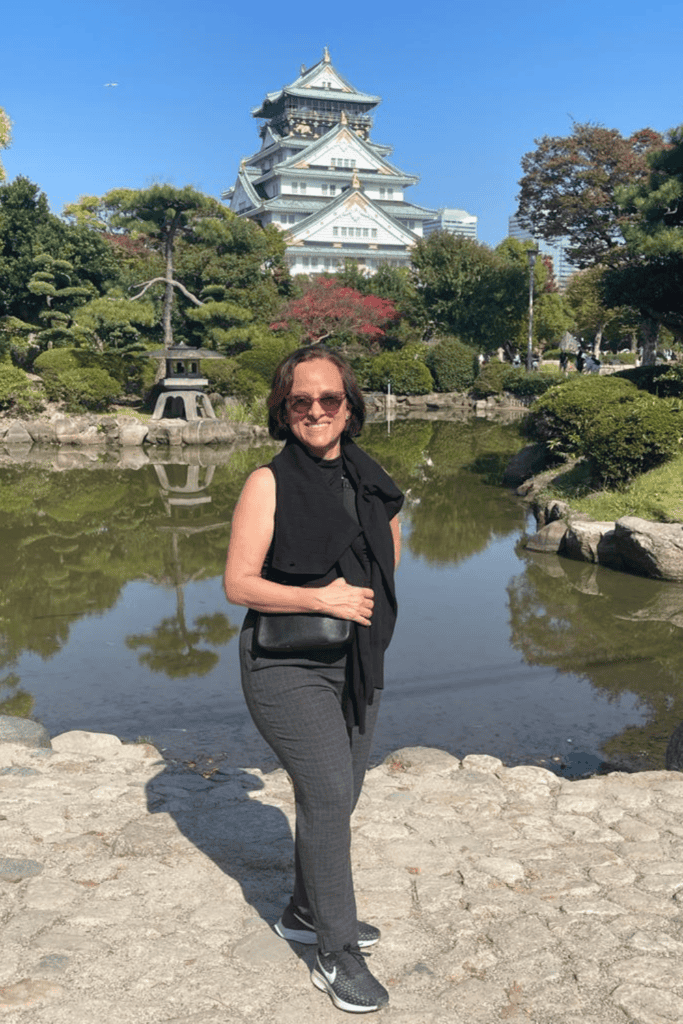
For me, planning trips is part of the adventure and one of the reasons I love traveling independently whenever I can.
Of course, it takes time and a willingness to do some research.
When I travel solo, researching helps me understand the culture, the requirements, and my options.
When I travel with my daughter or friends, planning becomes the first step in bonding and shared excitement.
Planning a trip to Japan has its complexity; there’s the distance, the language barrier, and the rich cultural nuances.
But by following these tips when planning your trip to Japan, you can craft an itinerary that fits your interests, the season, and Japan’s unique cultural rhythm, creating a trip you’ll never forget.
Japan Planning Tips

1. figure out How Many full Days You Really Have in Japan
The first step in planning your trip to Japan is figuring out how many actual days you’ll have to explore.
If you’re flying from North America, expect about 14 to 17 hours of flight time, depending on where you depart.
That’s two travel days, getting there and getting back, which can eat into your itinerary.
Also remember, when you fly to Japan, you cross the International Date Line.
This means you’ll “lose” a calendar day and usually arrive in Japan the day after you depart, often in the afternoon.
Taking all this into account will help you set realistic expectations about how many full days you’ll have to experience Japan, and plan your itinerary accordingly.
2. Choose the Season You Want to Visit Japan
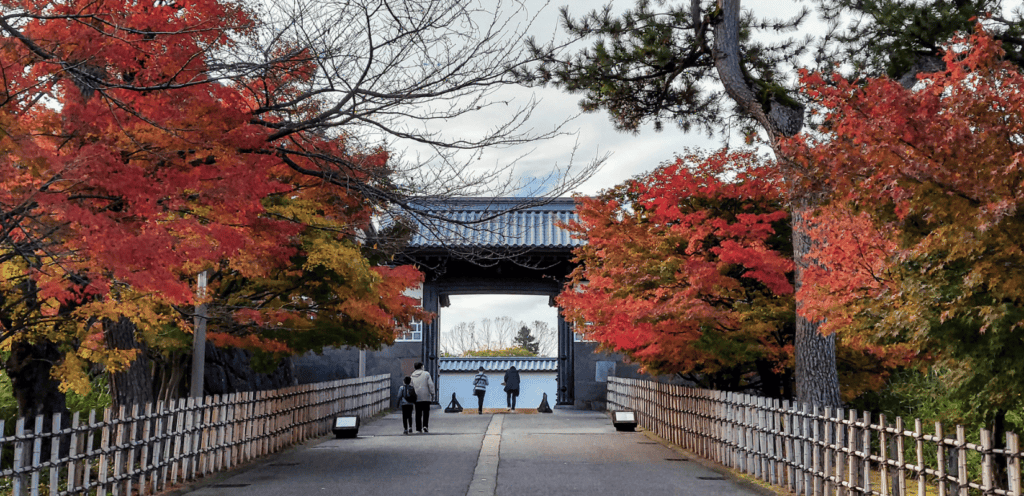
One of the best things about Japan is that there’s no bad time to visit.
Each of Japan’s four distinct seasons offers its own beauty, traditions, and experiences.
When you’re planning your trip, the season you choose will shape what you see and do.
For my last trip, I chose to go in November to experience “Aki”, autumn, and all the amazing colors that it brings.
I got to see a bit of the red and orange foliage next to temples and castles. The pictures turned out great, but I was hoping for more.
The season you choose can affect crowd levels and travel costs, especially for lodging and transportation.
Here’s a quick breakdown:
- Spring (late March to early April) is sakura season—cherry blossoms are in full bloom. It’s one of the most popular times to visit, not just for the Japanese, but for travelers from all over the world.
- Summer (July to August) is the festival season, with colorful matsuri happening across the country. It’s lively and fun, though also hot and humid in many regions.
- Fall (October – November) brings kōyō—brilliant autumn foliage. Locals flock to the mountains and parks to enjoy the colors, and the crisp air makes it ideal for hiking and sightseeing. As the year comes to an end, most major cities, including Tokyo and Sapporo, are filled with light installations called Illuminations
- Winter (January to February) transforms much of Japan into a snowy wonderland. Head north to Hokkaido or the Japanese Alps for world-class skiing and scenic snowscapes.
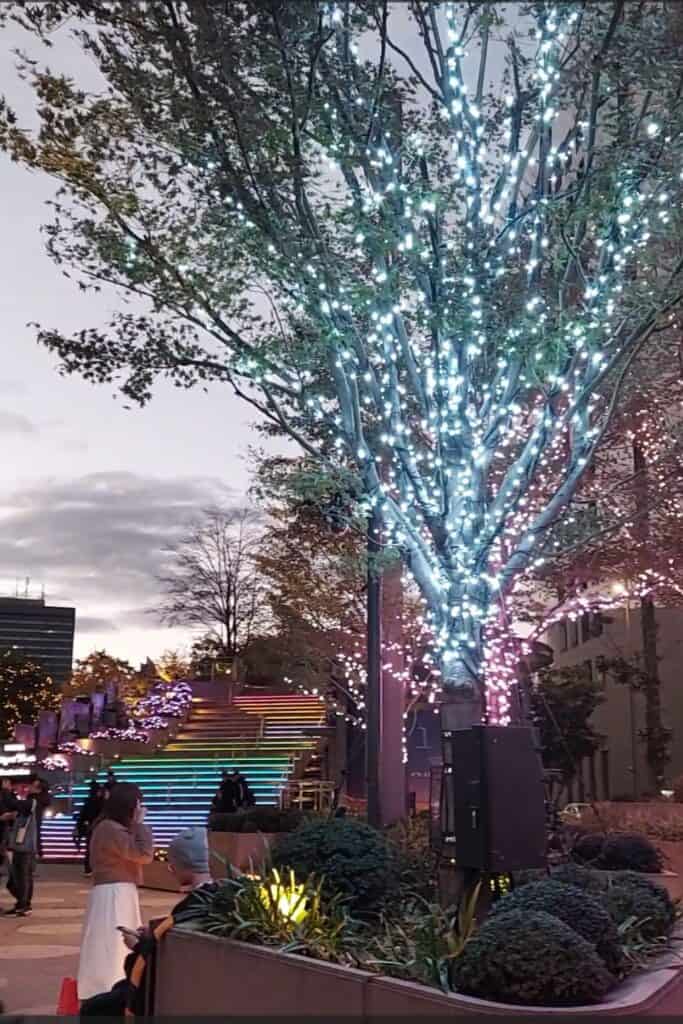
No matter when you visit, you’ll find something special.
With a little research and these planning tips, you can time your trip around what interests you most: whether it’s blossoms, festivals, food, or quiet temples in the snow.
3. Consider special events you may want to see
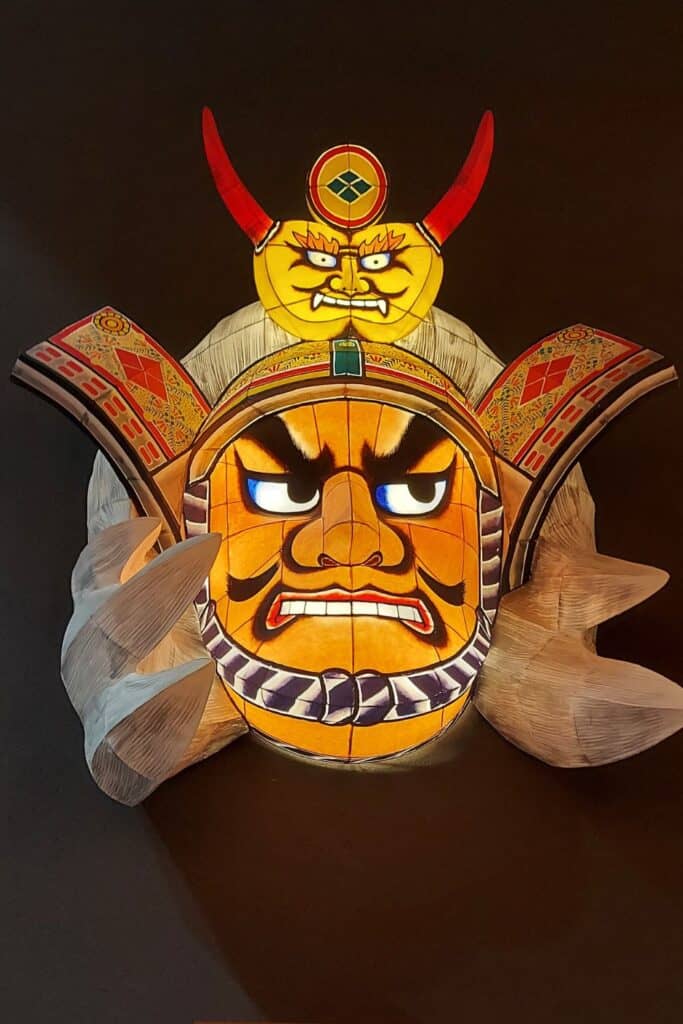
Another important consideration when planning your trip to Japan is any special events you want to include in your trip.
Maybe you’re a sports fan hoping to catch a sumo tournament, baseball game, or J-League soccer match.
Or perhaps there’s a seasonal festival, a limited-time art exhibit, or a food-focused event you don’t want to miss.
Whatever it is, put this event into your plan first.
It will likely lock in your travel dates and the specific cities or regions you’ll need to be in. From there, you can build the rest of your trip around it.
Having a fixed activity or event like this helps you plan more intentionally and ensures you don’t miss something that matters most to you.
Just remember: popular events often affect accommodation availability and transportation, so book those as early as possible
4. Make a Wish List of things to DO, see & eat

Once you know how many days you have, and you’ve locked in any specific event or experience you must attend, it’s time to build the rest of your itinerary around your interests.
Start by brainstorming everything you’d love to do or see. Think about:
- Places to visit – temples, shrines, parks, neighborhoods, gardens, castles, or museums.
- Food experiences – ramen shops, sushi counters, character cafés, izakaya hopping, or even rainbow cheese sandwiches (yes, that’s a thing).
- Shopping – from high-end fashion in Omotesando to vintage and quirky finds in Shimokitazawa or Amerikamura.
- Entertainment – live music, sumo matches, kabuki theater, teamLab exhibits, or arcades.
- Nature & culture – whether it’s a coastal walk, a mountaintop temple, or a centuries-old tea ceremony.
For example, when my daughter and I recently visited Japan, we both wanted to visit Fushimi Inari Shrine.
So one of our must-see activities was to visit during our days in Kyoto.
You don’t need to do it all, but curating a list based on your interests will help you prioritize and stay excited.
If you need help discovering what’s happening in Japan during your expected travel dates here’s a list of resources we use when planning our Japan travel.
- Time Out Tokyo – Best for cultural events, concerts, and what’s new.
- Tokyo Cheapo Events – Budget-friendly happenings, and offbeat ideas. This site also has good information on moving around Tokyo.
- Go Tokyo (Official) – Official listings for major events and seasonal guides.
- Japan Travel– Official Japan travel information with official festival and activity dates and venues.
- Osaka Station Guide – What’s near the major hubs.
- Osaka Info – Monthly event calendars, festivals, and more.
5. Curate your wish list
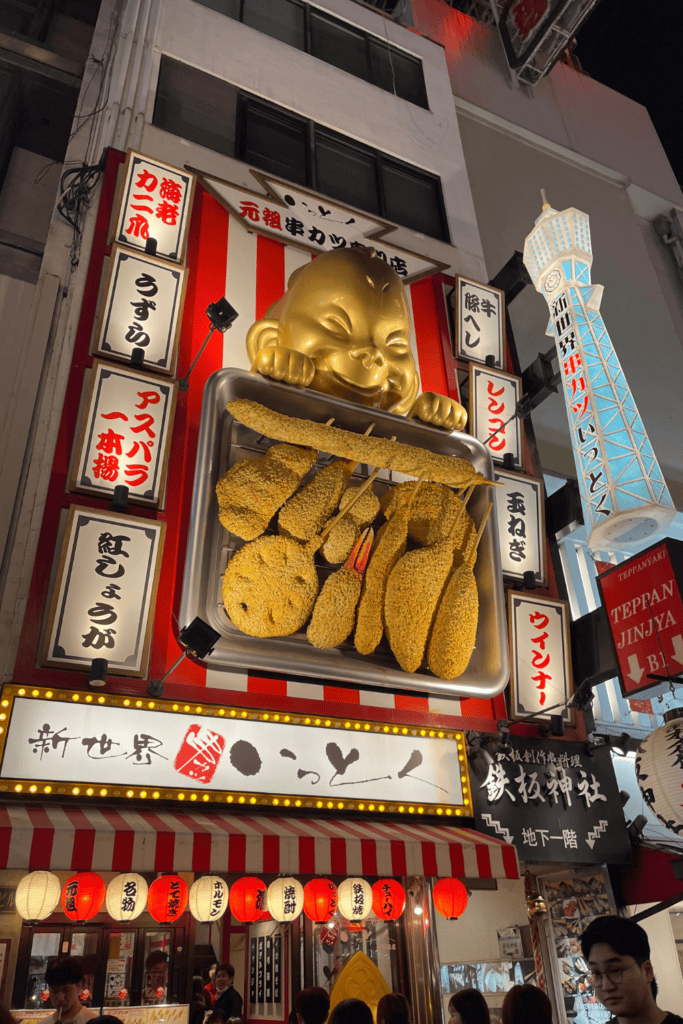
Now comes the hard part: curating your wish list down to the top one to three experiences.
Experiences that, if you didn’t do them, would make you feel like you hadn’t been to Japan.
Maybe it’s taking a nighttime food tour in Osaka, soaking in an onsen in the Japanese Alps, or spending a whole afternoon at the Kyoto International Manga Museum.
Whatever they are, these are your personal must-dos.
After you’ve accounted for any scheduled events or fixed dates, plug these in next.
They’ll become anchors around which the rest of your itinerary can take shape.
It’s totally okay if your full wish list is still long.
You’ll use it to fill in other days and to stay flexible, just don’t lose sight of these core experiences.
Tip
If one of your must-dos is super popular (like teamLab Planets, the Ghibli Museum, or a high-end sushi restaurant), be sure to check when reservations open and book as early as possible—some sell out weeks in advance
6. CONSIDER YOUR TRANSPORTATION OPTIONS
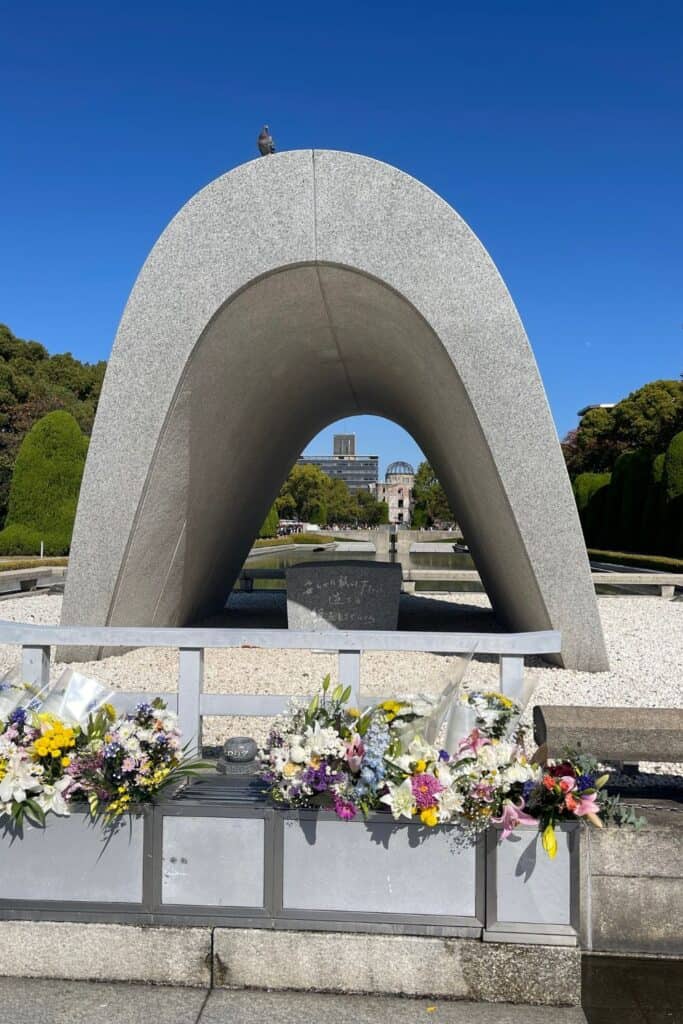
Now that you know your top priorities, it’s time to get practical.
It’s time to research how to get from one place to another.
Identify how much of your time will be spent moving between attractions or cities, and what your options are.
Although Japan’s train and air systems are incredibly efficient and reliable, distances can still be considerable.
Use tools like Rome2Rio and Google Maps to estimate travel times between cities and attractions. They’ll help you quickly visualize how your itinerary fits together.
Japan is famous for its Shinkansen (bullet train), and this may be an experience you don’t want to miss.
But if you’re mostly going to spend your time in one of the larger cities the famous Japan Rail Pass may not be the best alternative for you.
I check the official Japan Rail website to decide whether a Japan Rail Pass makes sense or if an IC card (like Suica or ICOCA) is a better fit for our itinerary.
For longer distances, consider air travel instead of train.
Regional flights can be a great alternative to minimize travel time, and the cost of airfare can be the same or even cheaper than a train.
I use Skyscanner and Kayak to compare flight times and fares.
When traveling by train, consider stopping at an attraction or town for three or four hours before continuing to your next destination.
For example, my daughter is fascinated by World War II history and Hiroshima was on her must-see list.
I’m a fan of Japanese castles and wanted to show her Himeji.
We made it work by spending a full day in Hiroshima, then stopping at Himeji on our return to Tokyo.
It meant sacrificing a bit more time in Hiroshima, but it was worth it to fit in both highlights.
This step can feel a bit tedious, but it’s essential for building a smooth, enjoyable itinerary.
Be realistic about how much ground you can cover, especially if you want to travel in a way that feels aligned with Japan’s own cultural pace: present, mindful, and immersive.
Tip
Bear in mind that you must order your Japan Rail Pass before leaving your country. Make sure to have enough time to receive it and check that it is correct. Any error between your voucher and your passport will render the Rail Pass void.
7. lodging and other miscellaneous
There are many types of lodging in Japan.
Traditional places like Ryokans and Onsen can be an amazing experience.
Many can be quite expensive, but more affordable options can be found.
We recommend using the Official Japan website to check out these types of stays, as well as Tripadvisor or Agora.
On the other hand, we found some great hotel options: boutique, eco-lodges, and traditional, at excellent prices using Booking.com.
There are always cheap capsule hotels and some hostels if you’re not claustrophobic or mind sharing your space.
Tip
If you’re going to be moving often by train, consider using luggage transfer services between hotels. We discovered this before our trip and used it often to travel without the hassle of moving with luggage up and down stairs and figuring out if they fit or not in the train. Luggage space is very limited and restricted after a certain luggage size.
8. Finalize Your Itinerary and Cross-Check with Your Budget
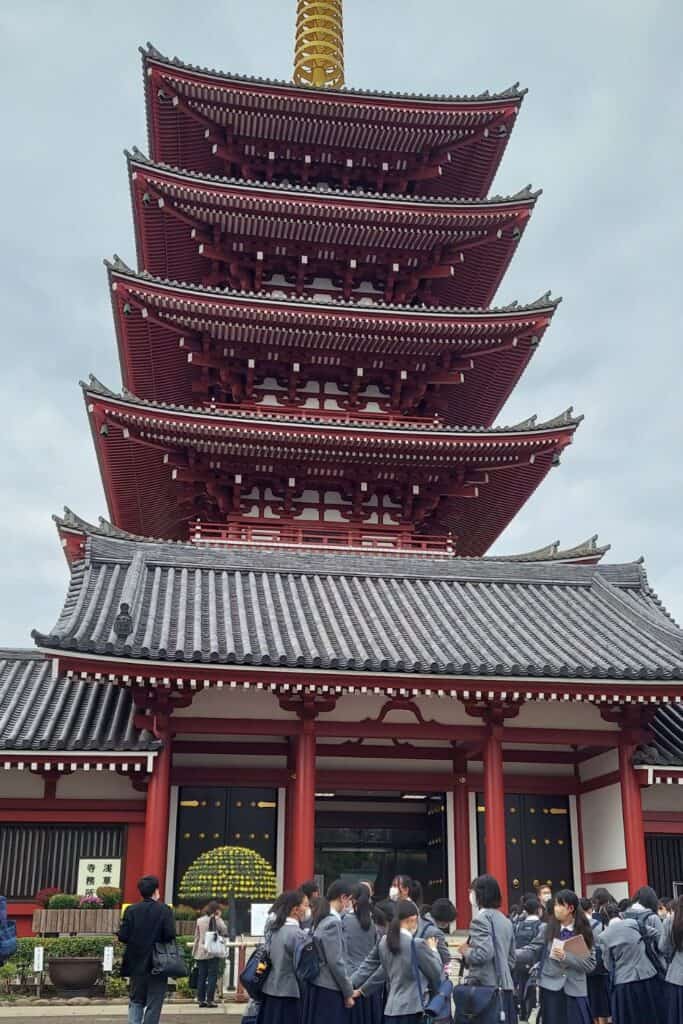
Now that you’ve mapped out where you want to go, what’s happening in those locations, and how you’re getting around, it’s time to bring it all together and check it against your budget.
Start by verifying how many nights you’ll need accommodations and factor in transportation costs, whether that’s trains, domestic flights, or both.
Pull all the details into one place so you have a clear overview and no financial surprises later.
In my experience, booking everything at least four to five months in advance helps secure the best prices and availability.
If you’re planning to attend a specific festival or seasonal event, aim to check availability six months ahead.
That said, always allow a little flexibility in your itinerary. You don’t want every minute locked in.
Some of the best moments in travel happen when you least expect them.
Tips for Planning a Trip to Japan That’s Right For You
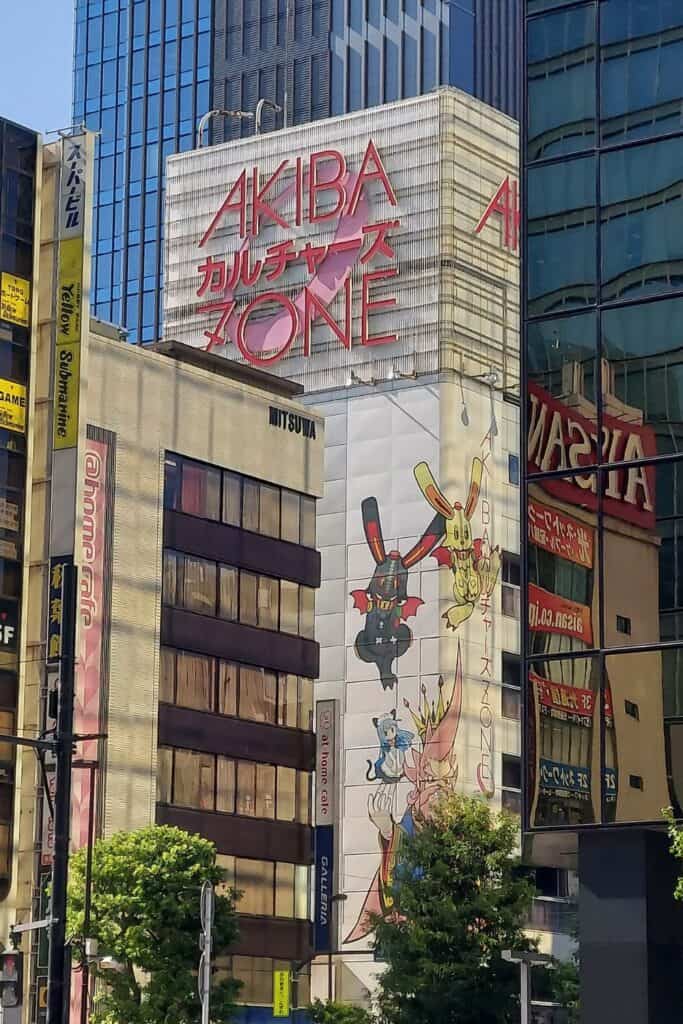
Planning your trip to Japan is the first step in immersing yourself in a new adventure.
Whether you’re traveling solo or with someone special, the planning process is a chance to dream, connect, and start discovering Japan before you even arrive.
These simple steps for planning a trip to Japan are designed to ease the overwhelm by helping you focus on what truly matters to you.
Instead of cramming in everything, you’ll prioritize the experiences that excite and inspire you.
Let your itinerary reflect your interests.
For more practical advice, inspiration, and destination tips, including more on Japan, subscribe to our newsletter.
You’ll get travel insight, helpful tools, and ideas delivered straight to your inbox to keep the excitement going.


